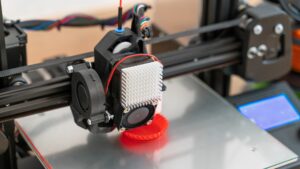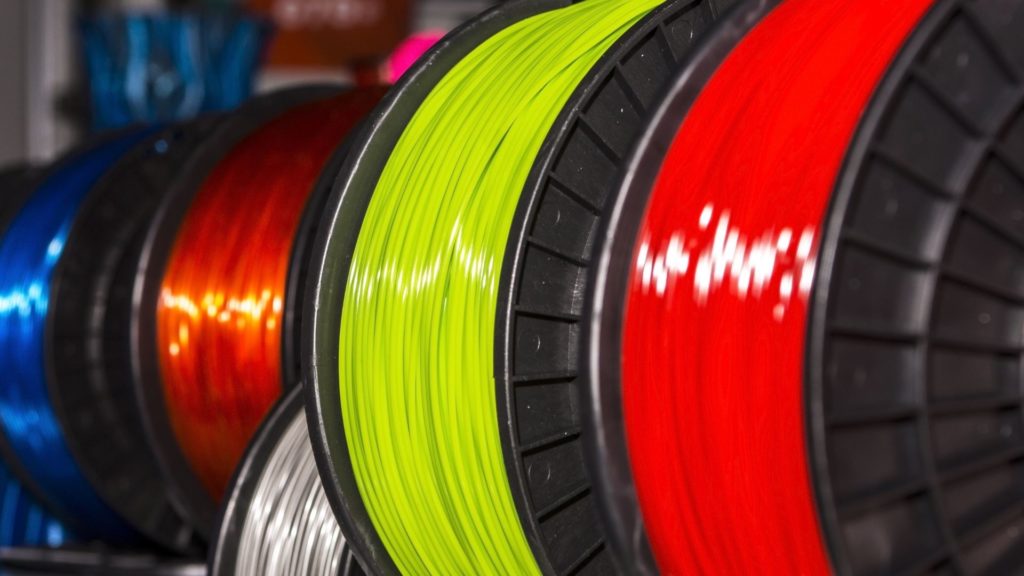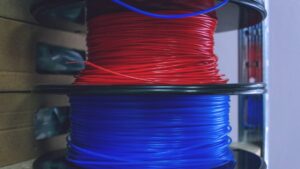
A Look at the Different Densities of 3D Printing Materials
There’s so much to learn about 3D printing materials. Come and find out what to look for when examining the different densities of 3D printing filaments.
844-810-1385

Choosing the correct 3D printing filaments is one of those seemingly overly challenging endeavors. It can be daunting to try to figure out which filament is perfect for you while looking at all the different types available. Each filament has its own set of qualities, applications, and traits to consider. So, where do you begin? Here are three tips for choosing 3D printer filaments for beginners!
With so many different types of filaments on the market and so many vendors, you might find it difficult to choose the right one for you without wasting money and effort. Although people’s specific company preferences may vary, no one should go too cheap. You get what you pay for, and cheap products are usually inexpensive for a reason. When it comes to filaments, there are a few factors to keep in mind:
When it comes to filament selection, the most important factor to consider is whether there are impurities in the plastic. Chemical contaminants cause viscosity variations in melted plastic, and debris can clog the extruder nozzle. A clogged nozzle is a significant setback! Not only will the print fail, wasting time and money, but it may also necessitate disassembling and cleaning the extruder. There appears to be a link between low-cost filaments and clogged nozzles. Though you may reasonably want to save money on filaments, overly inexpensive ones may end up costing you more in the long run. Choosing a well-rated and reasonably priced filament will usually save you from a lot of trouble.
You can use a material’s stress vs. strain curve to classify the different properties of filaments, assuming you have access to these types of charts. PLA is a stiff and brittle material that resists deformation well. At low strains, a semi-flexible material like PA shows an initial degree of stiffness and can withstand a significant deformation before failing. Knowing these factors will assist you in making informed selections about the filaments you use! For more specific information on Filamatrix’s line of filaments, use the Filament Matrix on our website to get an idea of how some of the products compare to each other. Another useful tool is the technical data sheet (TDS) listed on each product’s page.”
We hope this article has helped you get some great beginner tips for choosing 3D printer filaments! If you’re looking to buy specialty filaments, such as glass fiber nylon filament, be sure to reach out to Filamatrix! We have a great selection of filaments for all types of projects!

There’s so much to learn about 3D printing materials. Come and find out what to look for when examining the different densities of 3D printing filaments.

Those interested in 3D printing have a lot to learn on how to use the system properly. Find out what you need to know about 3D printing and humidity levels.

3D printing has many variables that both beginners and experts need to know. Find out what effects temperature has on 3D printer filament.
Get professional insights, industry news, and our latest deals